| |
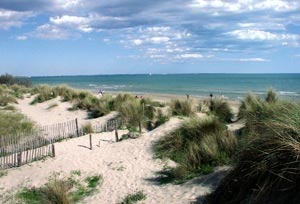 |
The beaches
This simple term covers a great variety of sites, from the family beach at Petit Travers, between Carnon and the Grande-Motte (the photo), the immense unspoilt beach at Espiguette, part of which is nudist, the beach at Aresquiers, also wild and fairly deserted, and finally, the beach of Gacholle, where it would be hard to find 10 people along its nearly 10-mile stretch, even in the height of summer! |

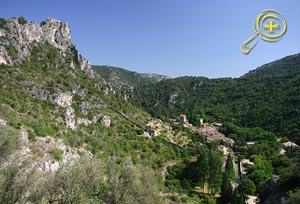 |
Saint Guilhem-le-Désert
Nestled in the impressive limestone cliffs of the Infernet cirque, this is considered to be one of the most beautiful villages in France. It is a UNESCO world heritage site, along with the Chemin de Saint Jacques de Compostelle, the pilgrimage path that runs through it.
The Gellone Monastery is a jewel of Roman art and one of the most important spiritual and cultural sites in the region. |
|
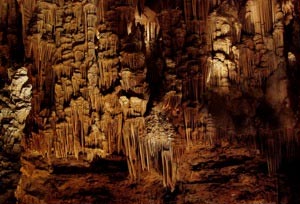 |
The Grotte des Demoiselles
The main vault, called the Cathedral of the Abysses, is cleverly lit to enable you to take in its gigantic proportions. You will wind your way through enormous, wondrously shaped concretions (the Medusas, the Virgin), translucid draperies, columns more than 50 meters high, and more.
Make sure you dress warmly, as the temperature is a constant 56°F. This mysterious journey to the centre of the Earth is one you will never forget. |

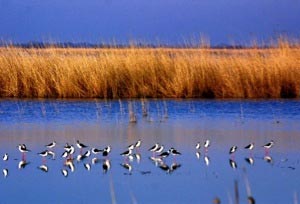 |
The Camargue Delta
This lagoon, which covers more than 90,000 acres, is the kingdom of the pink flamingos, egrets, herons and other migrating water fowl. Between the dunes and the swampland, between the sea and the plains, filigrees of fine earth have been shaped into extraordinary landscapes by centuries of winds and tides that sweep through the area, offering a sight of striking beauty.
Here you will see ospreys, larks, stilts and "pataigas" in the lagoons, which form natural reserves that shelter indigenous plant and animal life (with the Scamandre area particularly worth seeing). |

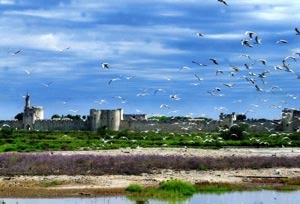 |
Aigues-Mortes
It has been a long time since the city of the 13th century French king Saint-Louis was a functioning port, but its ramparts are still virtually intact, as is the Constance tower, and it still has a bustling, charming town square. |
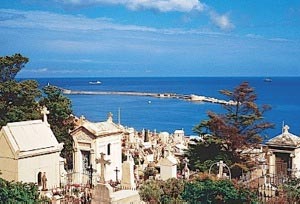 |
Sète
Mount Saint-Clair is no longer a hideout of the pirate Barberoussette, but it still has some "baraquettes", small charming stone edifices built by the early fishermen. And of course there's the cemetery of the sailors.
Jousts between two boats, each manned by 10 rowers, go back centuries, and the Saint Louis tournament on the grand canal is unforgettable. |
|
|
|
